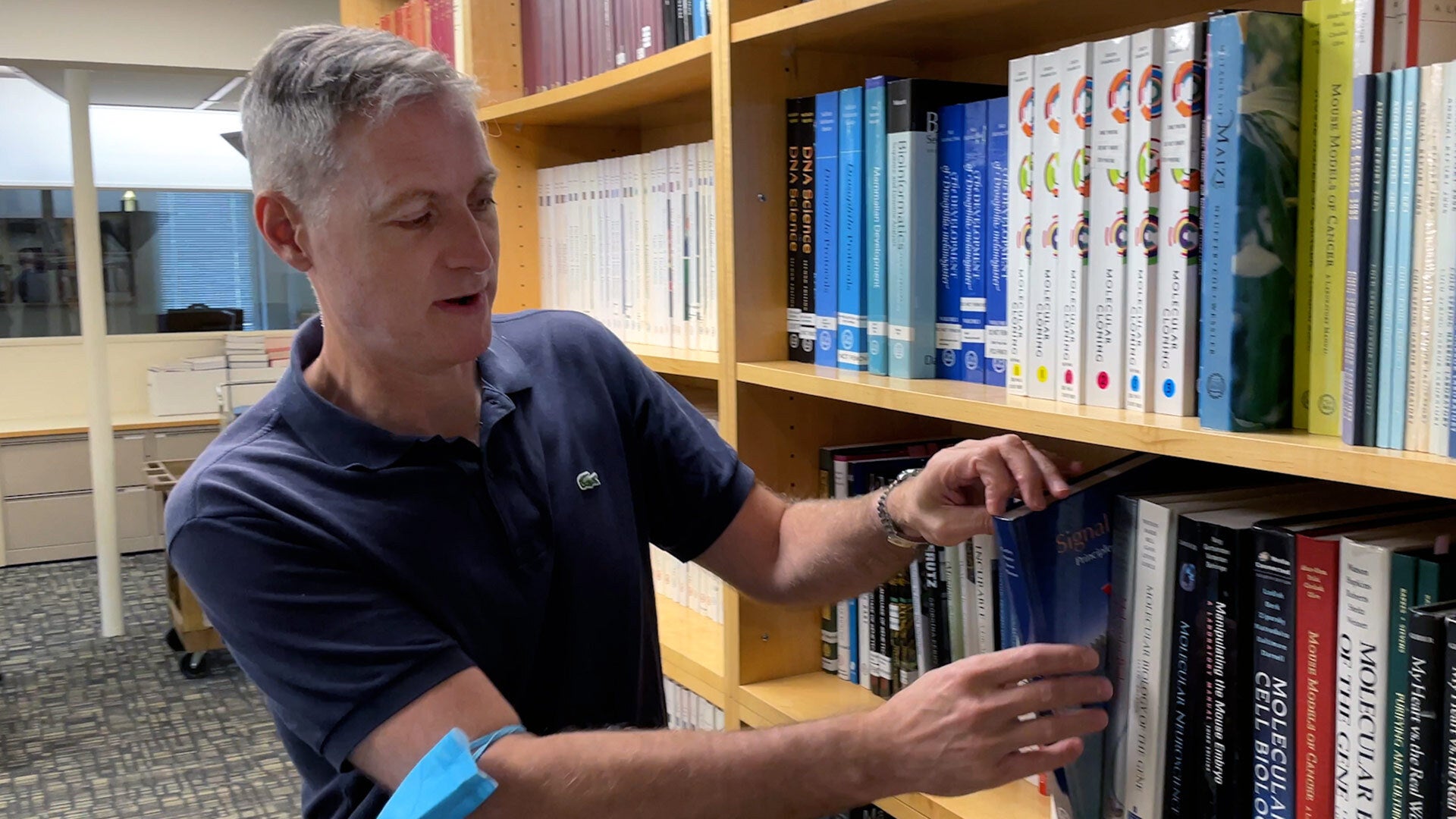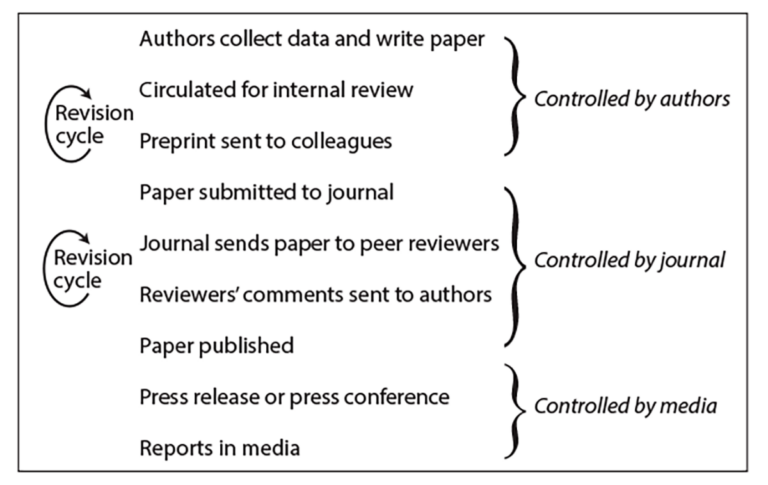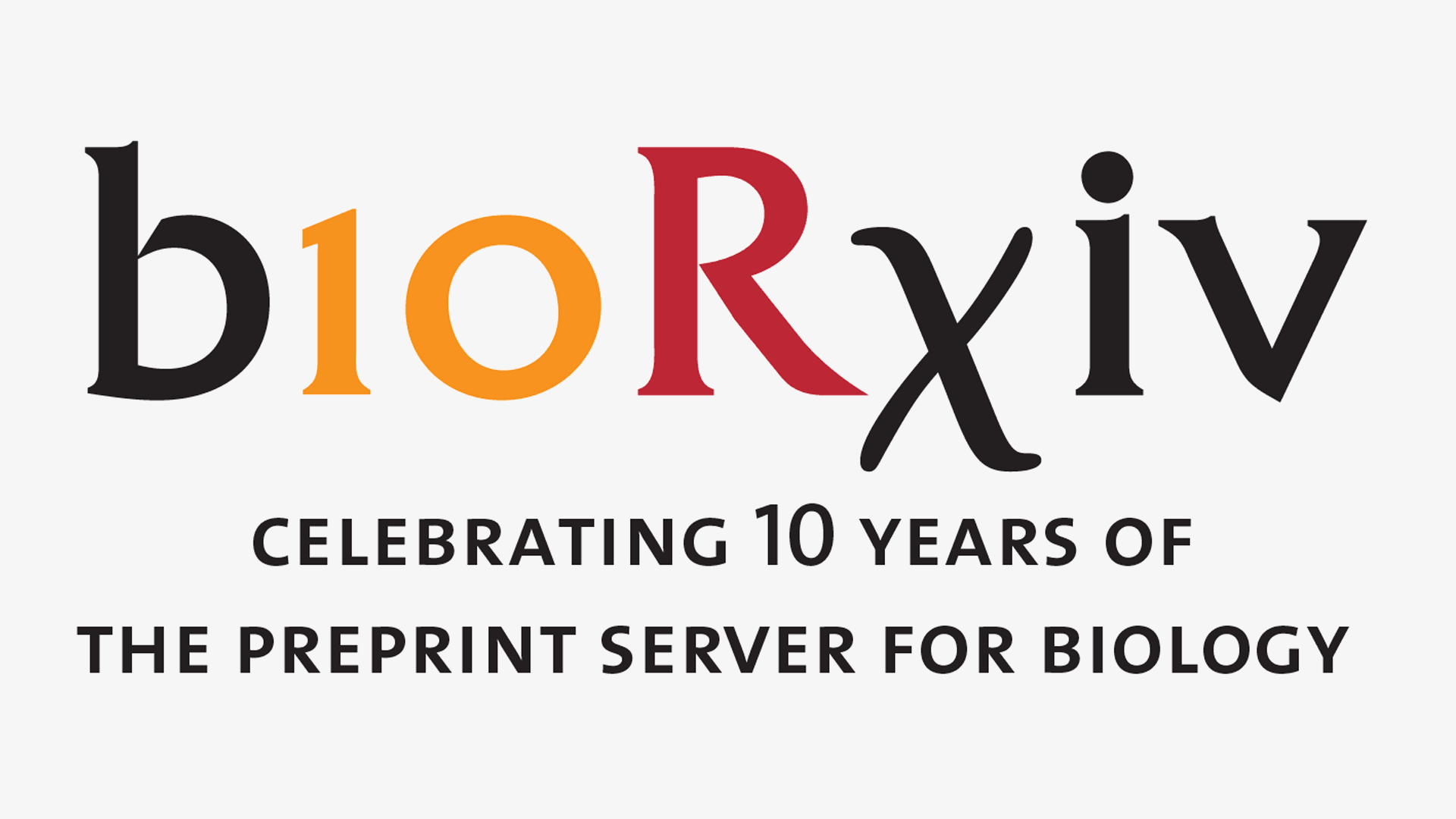We’re in the midst of a revolution in science communication. Cold Spring Harbor Laboratory (CSHL) is at the forefront of this changing landscape. Ten years ago, CSHL launched bioRxiv (pronounced bio-archive). This innovative platform gives millions of readers across the globe free access to thousands of studies as “preprints” before they are published in traditional scientific journals. Today, the latest biomedical breakthroughs are only a couple of clicks away.
Now, you might wonder, ‘Why should I care about scientific publishing?’ Well, imagine a world without it. The next lifesaving discovery is boxed up and put on a shelf to collect dust alongside every other breakthrough that came before it. The public is kept in the dark about revolutionary advances. Innovation slows to a crawl as it becomes the domain of an elite few. Collaborative solutions to pressing global challenges and health crises go nowhere. Humanity is shackled by a broken scientific landscape, unaware of any progress that could propel society forward.
CSHL Press leaders John Inglis and Richard Sever give us a behind-the-scenes look at the publishing process as they discuss the evolution of science communications and what it means for the public.
Thankfully, this doomsday scenario remains a far cry from our current reality. In fact, CSHL is working to move scientific publishing in the opposite direction, toward a more accessible and diverse future. Initiatives like bioRxiv and clinical equivalent medRxiv have led the way. Co-founded by CSHL Press Executive Director John Inglis and Assistant Director Richard Sever, these online repositories ensure public access to a wealth of scientific knowledge. Combined, the two servers host over 217,000 freely available research papers from 190 countries.
“The publication of scientific research is crucial,” Inglis says. “It helps us understand the world we live in. Sharing those insights has always been vital. But how that sharing takes place is evolving. We experienced it firsthand during the COVID-19 pandemic.”
A moral obligation
Early in the pandemic, scientists recognized their research was critical for confronting the public health crisis. At CSHL and laboratories across the globe, researchers turned their resources toward investigating and developing potential treatments for COVID-19. Before the pandemic, the fruits of this labor would typically have to wait months or even years to reach the public. Because of bioRxiv and medRxiv, it was a matter of days.
“Sharing work as quickly as possible became a moral obligation during the pandemic, and putting it on preprint servers meant it was out there immediately,” Inglis explains. “Speedy research saves lives,” Sever adds. “It’s hard to imagine how things would’ve progressed without preprints.”

Dexamethasone was the first effective treatment for severe COVID-19. Weeks before clinical research on this corticosteroid appeared in a journal, the study premiered on medRxiv. The minute the trial went online, physicians and health agencies around the world had free access to review and apply the results to patients in intensive care. “People are alive today because of this,” Sever says.
“Scientists quickly embraced medRxiv as a way to share what they knew about the coronavirus,” Inglis says. “When the pandemic began, medRxiv was only six months old. But it proved to be the best solution for getting work out there as soon as possible. We saw an enormous wave of submissions from all over the world.”
Today, preprint servers like bioRxiv and medRxiv are where new biomedical discoveries are shared first. The two servers combined now host over 28,000 preprints dedicated to COVID-19 research. With free, open access to preprints, diverse international groups can report valuable firsthand data on their communities’ experiences with COVID-19. This kind of direct communication has helped shape vital coronavirus research and treatment strategies.
“The evolving preprint ecosystem has enabled scientists from all over the globe to immediately evaluate and apply cutting-edge research,” Sever says. “It also means that people can set up peer-review systems that augment the traditional role of journals.” Here, once again, we find CSHL leading the way toward new, more diverse platforms for scientific exploration.
A better tomorrow
Since the launch of bioRxiv, several self-organized groups of scientists have voluntarily taken on responsibility for evaluating research papers. Their assessments are publicly shared on the server so authors can address them directly. This dramatically speeds up the time it takes for findings to be evaluated and revised compared with traditional peer review. Nevertheless, 70% of all bioRxiv and medRxiv submissions still go on to be formally published in a scientific journal.

“The evaluation of research is vitally important,” Inglis explains. “But the rise of online channels like bioRxiv and medRxiv is leading to new and interesting ways of doing that.”
Preprint servers have become key tools for communicating groundbreaking research to diverse communities around the world. As scientific communication continues to evolve, bioRxiv and medRxiv may take on an even larger role.
“Right now there are 2 million papers published a year in biomedical science,” Sever says. “It’s assumed that all of them should be peer-reviewed and all in the same way. But is that really true? Let’s have that conversation.”
It’s a conversation that’s beginning to pick up steam at scientific publishing houses around the globe. CSHL remains a leading voice in this discussion. “The Laboratory is a perfect steward for bioRxiv and medRxiv because it has so much experience in science communication,” Sever says. “CSHL has been in existence for over 130 years,” Inglis adds. “Going all the way back to its origins, the Laboratory has been a place where researchers come to share their work, advancing science for the good of society.”
That mission continues to drive the work of Inglis, Sever, and their colleagues on the bioRxiv and medRxiv team at Cold Spring Harbor. And it continues to drive science communication toward a brighter tomorrow.
Written by: Nick Wurm, Communications Specialist | wurm@cshl.edu | 516-367-5940
